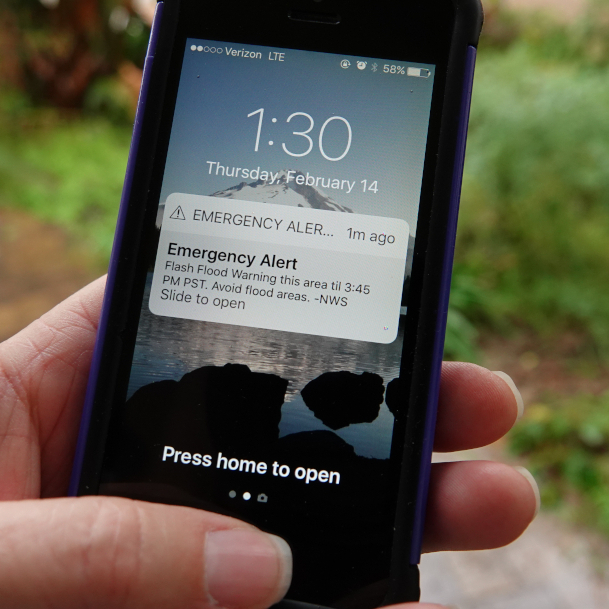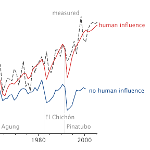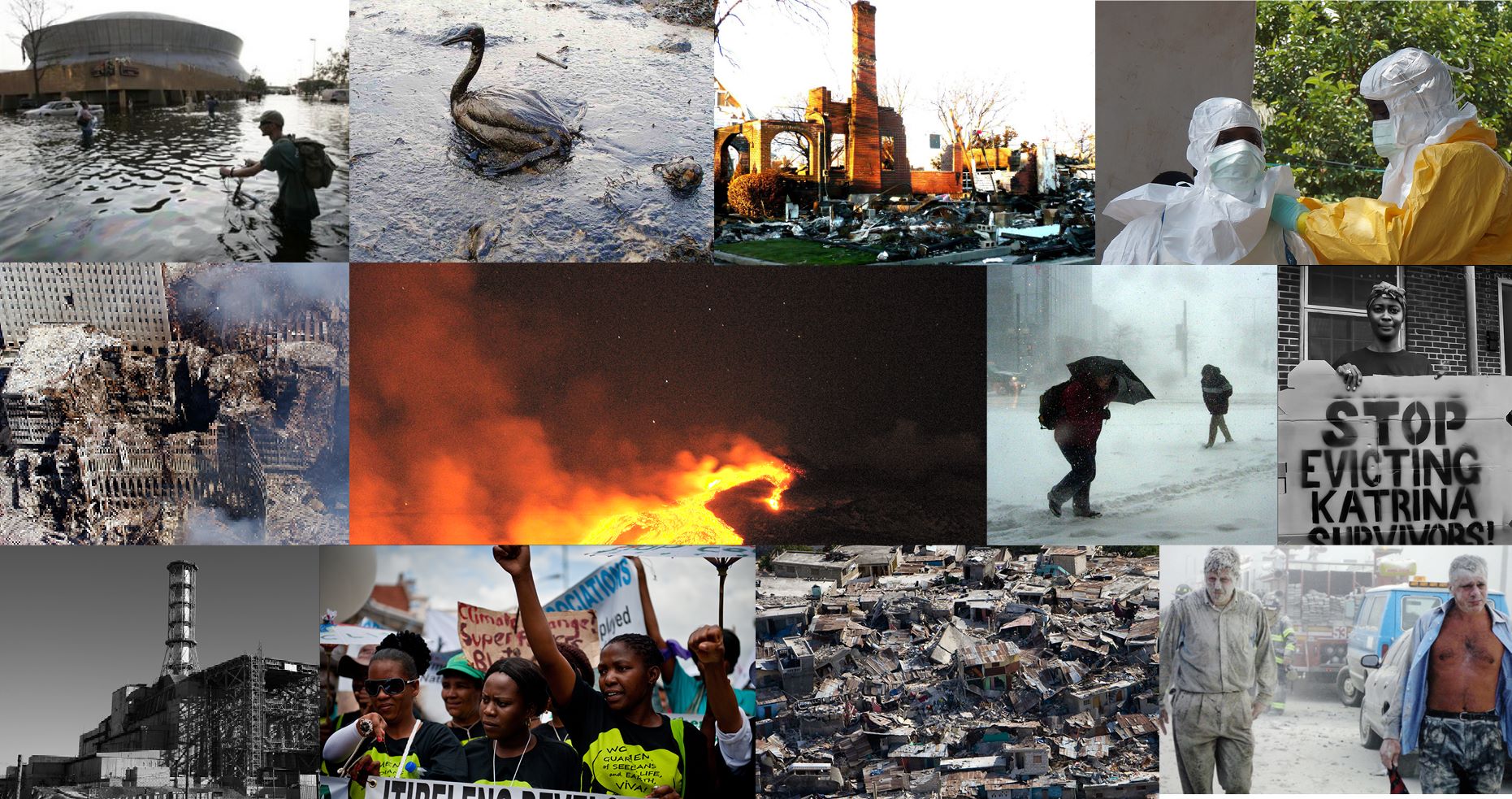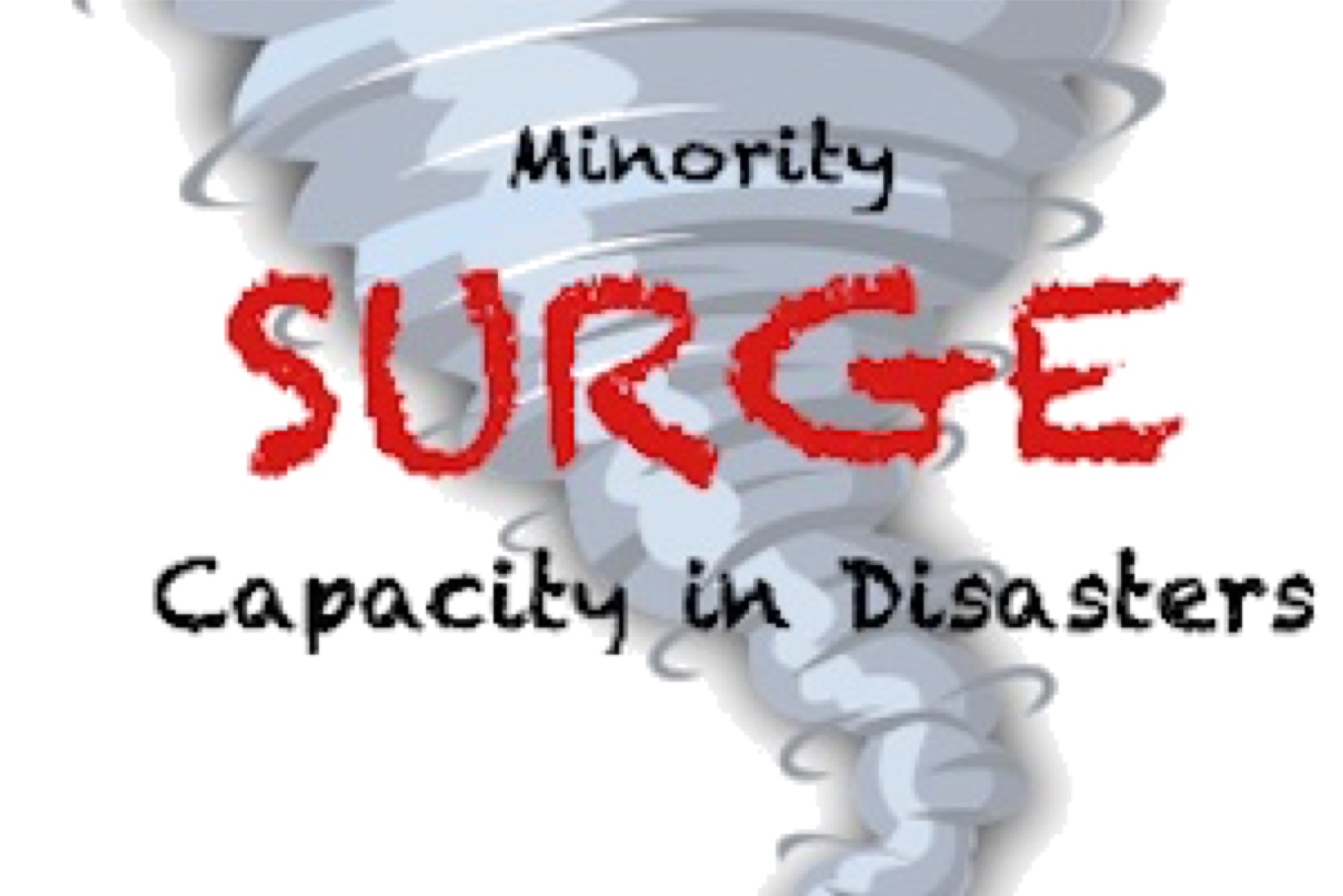Minority scholars focusing on hazards and disasters are underrepresented in science, technology, engineering, and math (STEM) fields, yet minority populations often experience the most severe consequences from extreme events. Therefore, the Minority Scholars from Underrepresented Groups in Engineering and the Social Sciences (SURGE) Capacity in Disasters focuses on two challenges related to the underrepresentation of racial and ethnic minorities in hazards and disaster research and the disproportionate impacts of disasters on underserved racial and ethnic minority communities.
Completed Research Projects

This project culminated in a final English- and Spanish-language report that presents findings and recommendations from research conducted by the Natural Hazards Center at the University of Colorado Boulder in accordance with House Bill 23-1237. This study's purpose was to identify best practices for inclusive alerting and offer recommendations to improve current alert systems in Colorado that address language and access needs.

The Center for Risk-Based Community Resilience Planning brings together experts from engineering, the social and behavioral sciences, and economics to model community resilience. Working in teams on more than 40 tasks, the Center of Excellence will provide a common data architecture known as IN-CORE: The Interdependent Networked Community Resilience Modeling Environment. IN-CORE will allow users to optimize community disaster resilience planning and post-disaster recovery strategies using physics-based models of interdependent physical systems combined with socio-economic systems.

There have been many advances in disciplinary-specific quantitative, qualitative, and mixed methods approaches for disaster research, yet interdisciplinary methods in the field have not been sufficiently inventoried or studied. In light of this gap in knowledge, this workshop series brought together leading interdisciplinary researchers to advance the science and practice of interdisciplinary research for hazards and disasters.

In many parts of our nation, school buildings are vulnerable to severe damage or collapse in the next earthquake, tornado, hurricane, flood, tsunami, windstorm, or other natural hazard and our children are at risk. The guidebook, Stronger, Safer, Smarter, focuses on operational guidance (what to do before, during, and after an event) as well as physical protection (what can be done to the school facility to improve safety). The resulting guide offers up-to-date, authoritative information that schools can use to develop a comprehensive strategy for addressing natural hazards.

Save the Children U.S. supported this project to: 1) increase VOAD and emergency management knowledge and awareness of children’s needs as well as their capabilities to meet children’s needs in emergencies; 2) influence the prioritization of children’s needs in VOAD and emergency management organizations both through representation and organizational culture; and 3) assess the proof of concept behind the project model in two Midwest states (Arkansas and Nebraska) through a formative outcome evaluation. The Natural Hazards Center published a final report and two technical reports as the major outcomes from this project.

This study will look at factors affecting compliance to emergency shelter-in-place orders. The project will have two parts. The first part of the project will look at the experience of sheltering-in-place. The second part of the project will model shelter-in-place behavior.

In collaboration with the Association of State Floodplain Managers (ASFPM) and with support from the U.S. Federal Emergency Management Agency (FEMA), the Natural Hazards Center is conducting a historical and prospective analysis to memorialize the NFIP’s most prominent impacts and to identify the most pressing issues that the program will have to address in the coming years.

This study evaluated a culturally-adapted community-based disaster mental health intervention designed to mitigate the impact of chronic annual flooding among vulnerable communities in Haiti and Nepal. The study used a longitudinal randomized controlled trial design to determine if the intervention was effective in enhancing community resilience by improving mental health and increasing engagement in disaster preparedness and response, including enabling community members to care for themselves and provide assistance to others when a natural disaster occurs.

In this research, the attributes that make a community resilient will be de-aggregated to the building level to facilitate development of the soil-foundation-structure-building envelope system through a process that seeks to optimize building performance with respect to resilience and sustainability goals. This approach will facilitate a new generation of improved performance-based building standards to achieve community resilience and sustainability goals.

